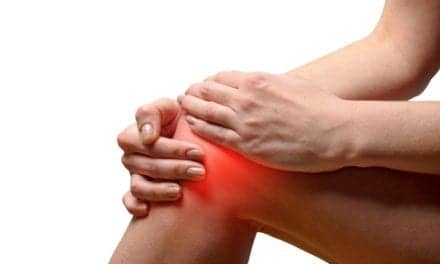After studying NASA astronauts before and after embarking on months-long spaceflights at the International Space Station, scientists suggest that the time spent in space may contribute to the development of spinal muscle atrophy.
The NASA-funded research study, led by Drs Alan R. Hargens and Jeffrey C. Lotz, was published recently in Spine.
The study’s goal was to understand the factors that affect lumbar spine strength and low back pain during long-duration spaceflight (which is common among astronauts during their missions), as well as the spine’s response to returning to Earth gravity.
In the study, researchers examined six NASA astronauts before and after spending several months in “microgravity” conditions at the International Space Station. Each astronaut underwent magnetic resonance imaging scans of their spine before embarking on their journey, immediately after returning to Earth, and again 1 to 2 months later, according to a media release from Wolters Kluwer Health: Lippincott Williams and Wilkins.
The release explains that the MRI scans indicated significant atrophy of the paraspinal lean muscle mass—which which plays a critical role in spinal support and movement—during the astronauts’ time in space. The lean muscle, or “functional,” cross-sectional area of the lumbar paraspinal muscles decreased by an average of 19% from preflight to immediate postflight scans. A month or two later, only about two-thirds of the reduction had recovered.
There was an even more dramatic reduction in the functional cross-sectional area of the paraspinal muscles relative to total paraspinal cross-sectional area. The ratio of lean muscle decreased from 86% preflight to 72% immediately postflight. At follow-up, the ratio recovered to 81%, but was still less than the preflight value.
In contrast, there was no consistent change in the height of the spinal intervertebral discs, the release continues.
In response to this data, the scientists suggest the addition of core-strengthening exercises to the astronaut exercise training program. Yoga could also be employed to address spinal stiffness and reduced mobility.
“Whether new exercise countermeasures can prevent in-flight paraspinal muscle atrophy, improve spinal pain and function, shorten recovery time, and how such exercise might be performed in a microgravity environment with available exercise equipment need further study,” they write in the study.
[Source(s): Wolters Kluwer Health: Lippincott Williams and Wilkins, Newswise]





